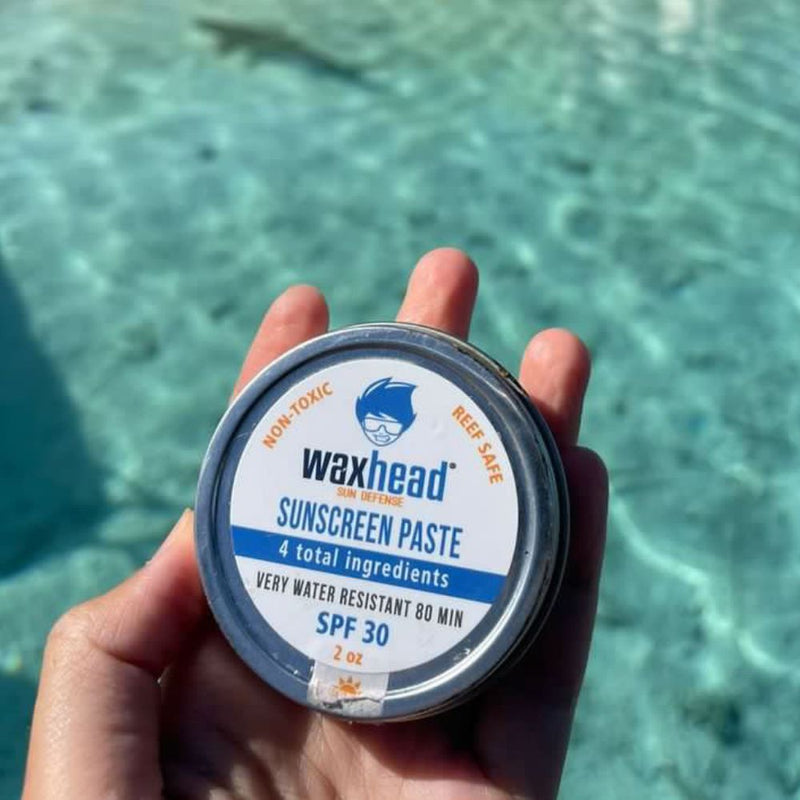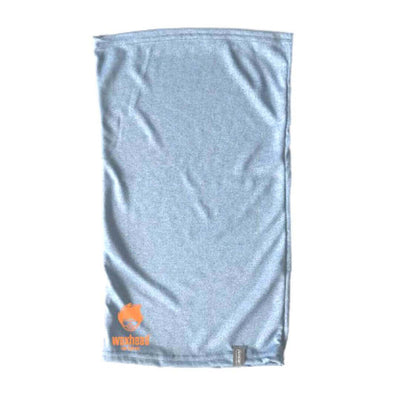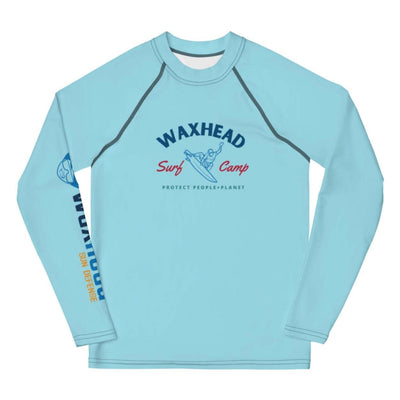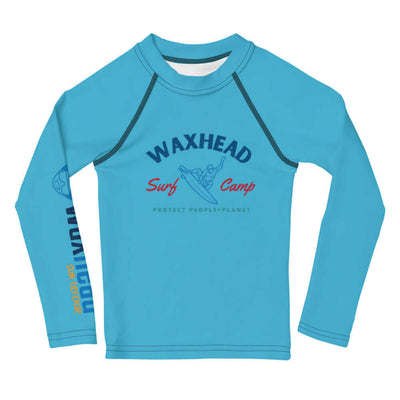What is Physical Sunscreen?
Physical Sunscreen (sometimes called Mineral Sunscreen) forms a protective physical barrier of inert minerals over the skin, is not absorbed by the skin, and is less likely to cause skin irritations.
Pros
- Does not enter the skin
- Works immediately
- Gentle on skin
- Less likely to clog pores
- Stable in sunlight
- Longer shelf life
- Safe for babies and pregnant moms
- Non-nano versions are reef-safe
- Zinc Oxide is most complete broad spectrum
Cons
- Will likely leave white tint on skin
- Thicker to apply
- More difficult to remove after use
- Titanium Dioxide doesn't protect entire UVA spectrum
- More expensive
What is Chemical Sunscreen?
Chemical Sunscreen (sometimes called Synthetic Sunscreen) uses petroleum-based synthetic compounds to absorb rays. It absorbs into skin. Note: Strictly speaking, all sunscreens contain chemicals (even water is a chemical). We use “Chemical” to differentiate non-mineral sunscreens from those using petrochemicals.
Pros
- Lightweight application
- Less residue on skin
- Thinner and easier to spread
- Commonly found at all big stores
- Less expensive
Cons
- Increase risk of cancer
- More likely to irritate skin and eyes
- Generate free radicals in the skin when exposed to UV light
- Unstable and break down in sunlight
- Without avobenzone or oxybenzone, likely doesn’t protect from UVA rays
- Can disrupt hormones, including endocrine levels
- Because of the produced heat, can increase brown spots
- Protection begins about 20 minutes after application
- Clog pores and increase breakouts
- None are reef-safe
- Multiple chemicals required to provide both UVA and UVB protection and higher SPFs
NEXT STEPS
1. Know your ingredients — Flip over your sunscreen and read the ingredients. We want everyone to know what good ingredients are, regardless of whether they use our products or not. Your health is worth it.
2. Buy safe sunscreen — Waxhead is dedicated to using only the healthiest, safest, most effective ingredients in our sunscreens. Shop Safe Sunscreen here.
3. Teach a friend — If you know someone who might still be buying sunscreen with questionable ingredients, please share this post with him/her.
References
https://www.aad.org/public/spot-skin-cancer/learn-about-skin-cancer/prevent/sunscreen-labels/how-to-decode-sunscreen-lingo
https://www.ncbi.nlm.nih.gov/pmc/articles/PMC3543289
https://www.drdoppelt.com/physical-vs-chemical-sunscreen
http://www.ncbi.nlm.nih.gov/pmc/articles/PMC2291018/

































































